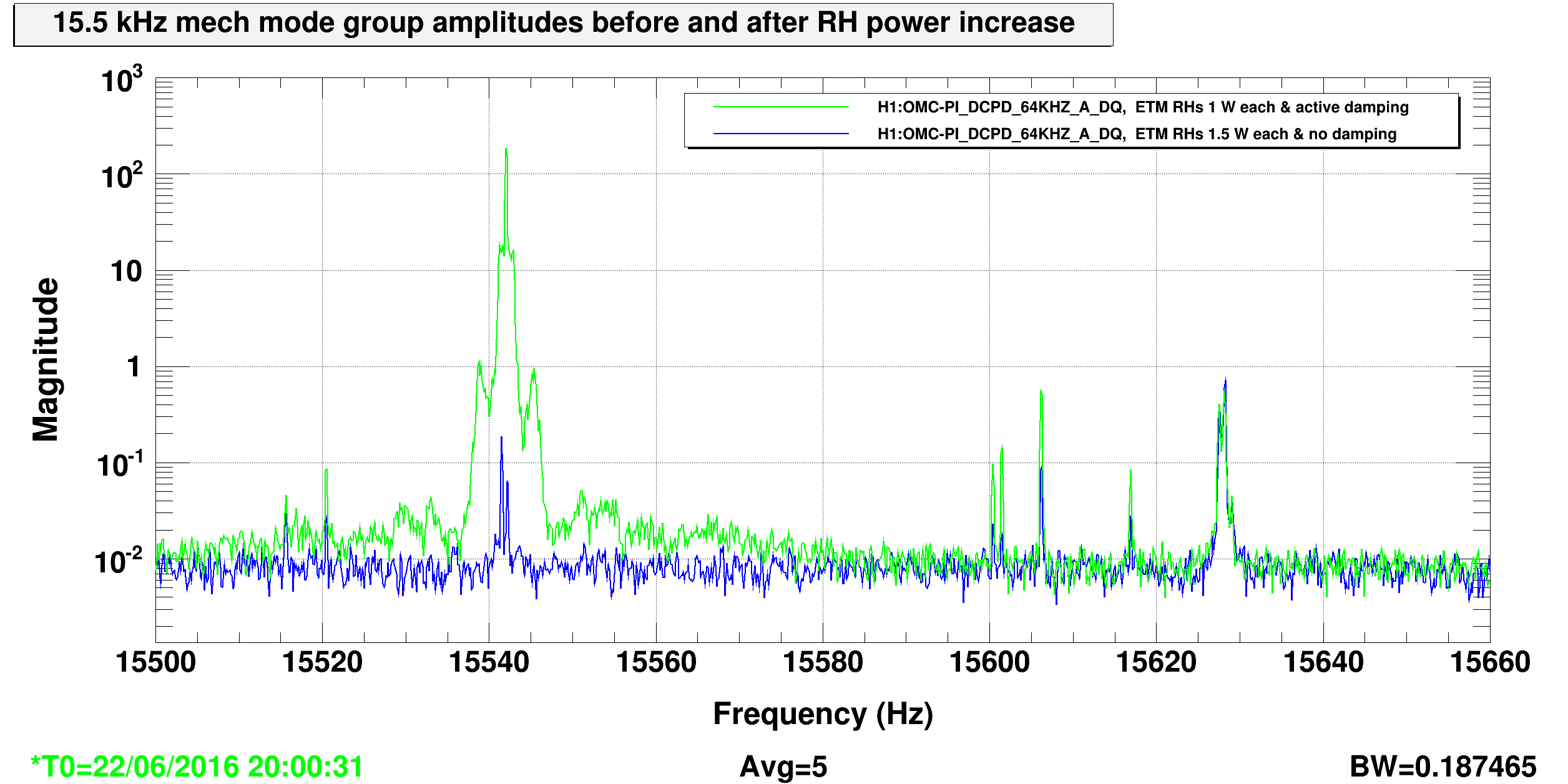runtime, graphical
For a running system a filter's SWSTAT value and its decoded switch bits can be viewed graphically by pressing the "GUARDIAN SET" button on the lower left of the filter medm. Of course these bits are also shown on the main medm, the FILTALH medm just shows just the switch settings more clearly.
command line, non graphical
For a command line decoding of the bits, Jamie has written the 'cdsutils sfm decode' function. This takes either one argument (the SWSTAT value) or two arguments (either SW(1,2) or SW(1,2)R). For a running system you can use either SWSTAT or the SW(1,2)(S,R) options. For past settings only SWSTAT is available from the DAQ. From conlog the SW(1,2)S values are also available, but they are equivalent to SWSTAT (filter engaged bits not available). Here is an example with SW(1,2)R supplied (so engaged bit data is shown).
cdsutils sfm decode 12292 1536
INPUT
FM5
FM5_ENGAGED
OUTPUT
DECIMATION
command line, graphical
Mike Thomas has written a python script called filterstate, which takes either SW(1,2)S or SW(1,2)R pairs as arguments and shows the switch settings graphically by creating a static png image which approximates to the standard filter module medm. Because only SWSTAT is available from the DAQ. I have written a script to convert SWSTAT to its equivalent SW(1,2)S pair called swstat2sw
For example, if the SWSTAT is 37904, the decode can be shown graphically with the command
filterstate $(swstat2sw 37904)
which produces the image shown below.





























Strictly speaking, Sens2/Sens1 is not flat at very low frequency beucase of the analog "whitening" difference. If this causes problem at the lower UGF, try adding zpk([7mHz], [71mHz], 1) in the 3rd loop digital filter.
PSL ISS PDs all have some built-in whitening. The "error point" we're talking about is downstream of the whitening, and therefore both Sens2 and Sens1 include the whitening. It's confusing to explain this in words, so just look at the simplified diagram attached. Except that each of the 2nd loop pds have its own whitening in reality (rather than whitened after added together), this is a reasonable diagram.
Anyway, the whitening for 2nd loop array is
z, p = [7e-3; 71e-3], [3.1; 3.2; 117; 2.46k]
according to D1300639, while the whitening for the 1st loop is
z, p = [72e-3; 72e-3; 2.6k], [3.4; 3.4; 130; 2.3k]
or something like that (see D1001998).
(This also means that the TF from injection point to the intensity noise is inversely proportional to the whitening.)
I forgot to take into account the board DC gain of 350 when injecting into the 1st loop.
This means that, with 25W, the gain should be 5*350=1750 instead of 5.